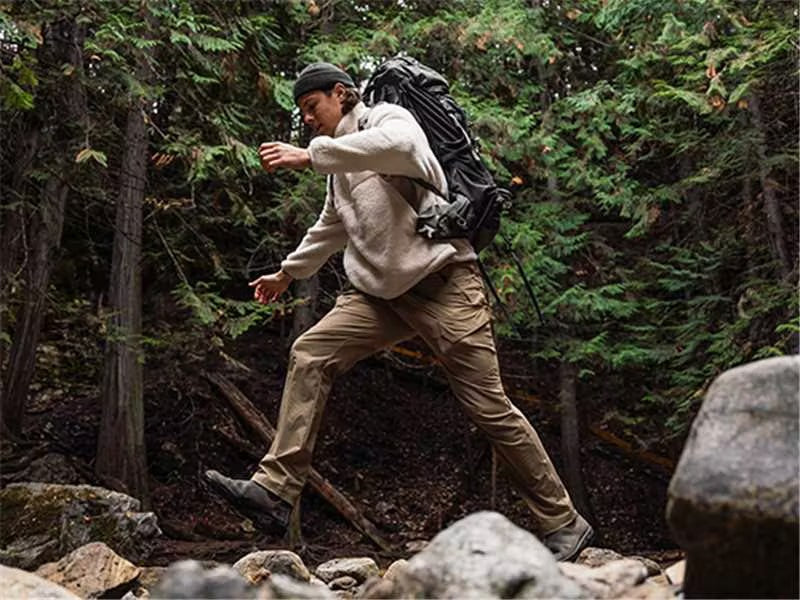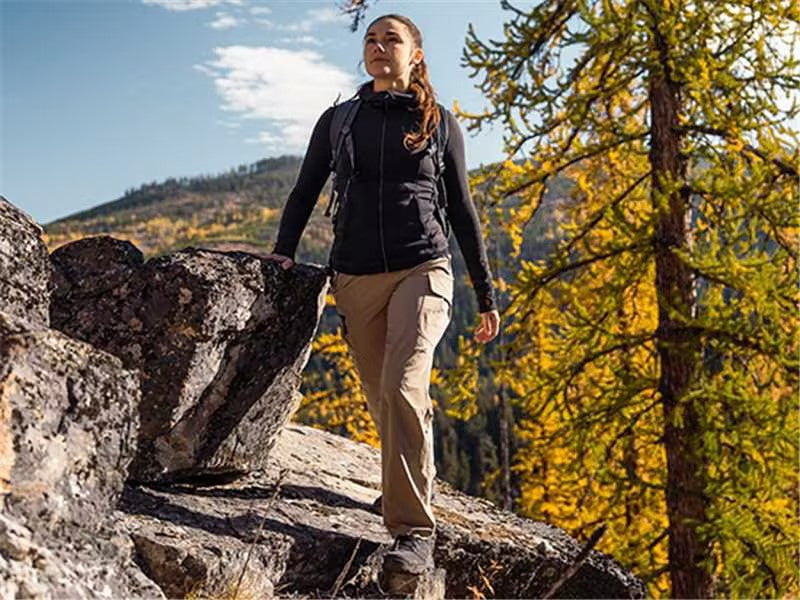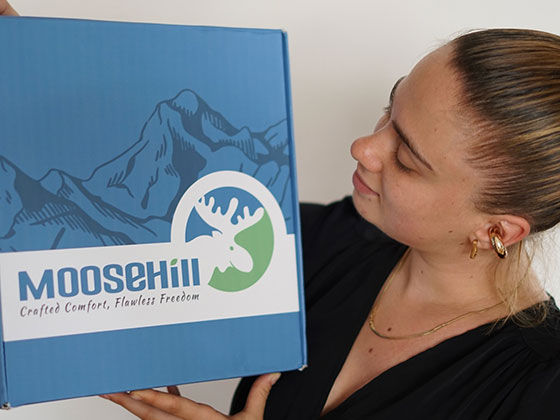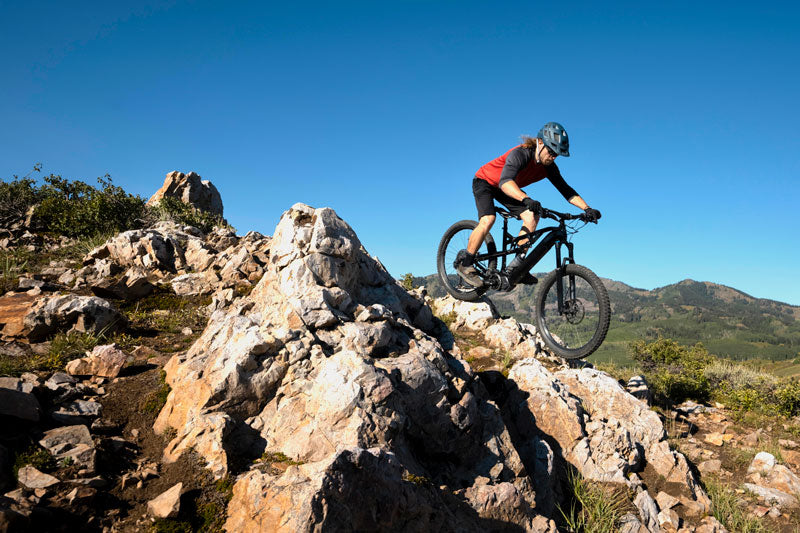Wandern und Atemtechniken
Wandern ist eine beliebte Outdoor-Aktivität, die richtige Techniken erfordert, um das Erlebnis zu verbessern und die Sicherheit zu gewährleisten. Hier sind professionelle Tipps zum Wandern und Atemtechniken:
1. Schlafwandelmethode:
- Nehmen Sie ein natürliches und entspanntes Lauftempo an, während Sie ein halbgeschlossenes Auge behalten, um den Weg zu fokussieren.
- Diese Methode hilft, Geist und Körper zu entspannen, sodass Sie Müdigkeit vergessen und sich beim Gehen ausruhen können.
- Langstrecken-Wandern erfordert die Kontrolle des Erregungsniveaus, um ein nachhaltiges Tempo beizubehalten.
- Finde ein Gleichgewicht zwischen einem zu schnellen und einem zu späten Start, um die Ausdauer während der Wanderung aufrechtzuerhalten.
- Beim Bergaufwandern mit schwerer Last regulieren Sie Ihre Atmung, um Energie und Ausdauer zu optimieren.
- Atme ein, bevor du einen Schritt machst, und atme aus, während du nach vorne trittst. Passe dein Tempo an, wenn du außer Atem bist.
- Verkürzen Sie Ihren Schritt und setzen Sie das Atemmuster bei Bedarf fort. Diese Technik verbessert die Atemkontrolle und verringert das Risiko von Höhenkrankheit.
- Verwenden Sie die Ruhe-Schritt-Technik, um den Beinmuskeln bei Steigungen Erleichterung zu verschaffen.
- Stellen Sie sicher, dass jeder Schritt mit einem gestreckten Bein ausgeführt wird, damit sich die Beinmuskeln entspannen können.
- Vermeiden Sie es, das Knie über längere Zeit gebeugt zu halten, da dies zu Muskelermüdung und Krämpfen führen kann.
- Beim Gehen auf mäßig steilen Kieselhanglagen sollte die vollständige Kontaktfläche zwischen Schuhsohle und Hang erhalten bleiben, um maximale Reibung und energiesparende Bewegung zu gewährleisten.
- Wenn Sie sich Sorgen ums Fallen machen, können Sie einen horizontalen Schritt verwenden oder sich auf die Zehenkraft verlassen, aber es kann mehr Anstrengung erfordern.
- Bei steileren Schotterhängen verwenden Sie die Beinkraft, um den Schuh in den Hang zu drücken oder eine Trittplattform zu schaffen, um die Bewegung zu erleichtern.
- Beim Abstieg den Absatz zum Absetzen verwenden, um auf dem Kieshang Trittpunkte zu schaffen, bevor der Abstieg fortgesetzt wird.
- Blasen sind ein häufiges Problem beim Wandern. Um Blasen zu behandeln, schneiden Sie ein Stück Klettstoff, das dreimal so groß ist wie die Blase.
- Schneiden Sie ein Loch in die Mitte des Tuchs, das der Größe und Form der Blase entspricht, und legen Sie dann das Tuch um die Blase, um sie zu polstern und weitere Reibung zu verhindern.
- Verwenden Sie 3M atmungsaktives Papierklebeband, um die Blister zu versiegeln und zu sichern. Diese Behandlung hilft, Schmerzen zu lindern und ermöglicht das weitere Wandern.
- Wenn Unbehagen oder Schmerzen in den Füßen auftreten, stoppen Sie und überprüfen Sie auf Blasen. Tragen Sie 3M atmungsaktives Klebeband auf schmerzhafte Stellen auf oder verwenden Sie die Klettverschlussmethode für vorhandene Blasen.
Denken Sie daran, Blasen nicht zu stechen, da dies zu Infektionen führen kann. Achten Sie auf die Fußgesundheit und beheben Sie Probleme umgehend für ein angenehmes Wandererlebnis.
Indem Wanderer diesen professionellen Tipps folgen, können sie ihre Wanderfähigkeiten verbessern, die Ausdauer steigern und den Genuss beim Erkunden der Natur maximieren.
Moosehill Outdoor-Bekleidung für Herren
Moosehill Outdoor-Bekleidung für Frauen
--- ENDE ---
Für weitere Details zu Wanderausrüstung , bitte klicken hier die am besten passenden Produkte auszuwählen!

【Wandertipps】
· Die goldenen Regeln für das Wandern im Jahr 2024
· Wandertipps für Anfänger
· Top 7 der häufigsten Fehler beim Wandern
【Fahrradtipps】
· Welche Shorts tragen Mountainbiker?
· Warum sind Mountainbike-Shorts gepolstert und nicht der Sitz?
· Bequem und stilvoll: 5 Expertentipps für Fahrradhosen
【Golfberatung】
· Tragen Sie beim Golfen Hosen oder Shorts?
· Kurzanleitung: Die perfekten Golfhosen auswählen
· 4 Tipps zur effizienten Auswahl Ihrer Golfbekleidung und Accessoires
【Ski- & Schnee-Tipps】
· Welche Hosen sind gut für Schnee
· Können Schneehosen als Regenhosen verwendet werden?









